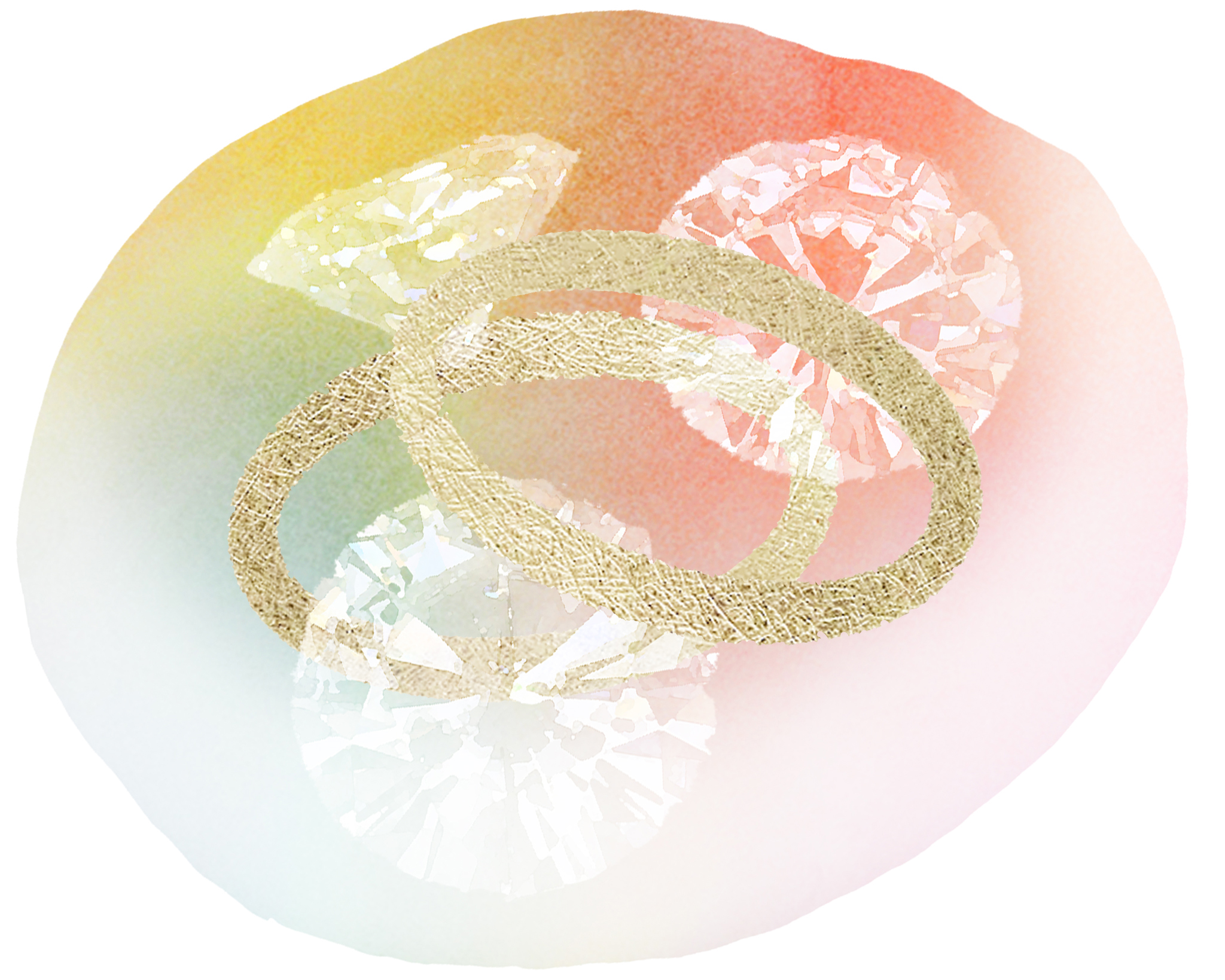More than any other wardrobe item, jewellery is consistently sought out for its heirloom status. Even if you’re not thinking that far ahead, ensuring your jewellery will last is one of the best ways to support the slow-fashion movement - and you can start before you even get to the check out.
How can I choose the best material for my jewellery?
Choosing the right materials that will go the distance with you is one of the first things to look for when shopping for jewellery that lasts. It requires a little more investment, but a lot less maintenance to choose solid, rather than plated alloys. Gold, silver, platinum and palladium are popular choices and come in a range of prices from budget conscious to high-end luxury.
Rhodium Plating can be useful over some precious metals to add a layer of protection and brilliance, but when you purchase jewellery that has been gold or silver plated over cheaper base metals, it can wear off quickly, tarnish inconsistently, and reveal an allergic reaction to the metals underneath. What you’re often left with is a piece of jewellery that bears little resemblance to the one you fell in love with, destined to sit in your jewellery box until it finally reaches the bin.
If you have gemstones set into your jewellery, choosing gems that rate higher for durability will safeguard against chips and cracks. This is one of the reasons diamonds are a classic preference for representing life’s milestones. While the traditional diamond industry has many conscious consumers questioning the practices they are supporting, there is a more traceable option to be found in ethically created lab diamonds that don’t come with the potential for adverse environmental and social impact. - adding sustainable and ethical values to your piece.
Keeping it Brilliant
Once you receive your shiny new piece, doing a few simple things to maintain it will ensure a long lifespan. First, try to remember to take it off when dealing with harsh chemicals - strong cleaning agents, chlorinated pools, and hair washing days to name a few - as these can dull the appearance over time. Next, when you do store it away, keep your piece separated from other jewellery to avoid scratches; many brands provide a keepsake box or pouch for this reason. Finally, for pieces worn every day, regular cleaning at home every few weeks and a deeper clean every year will keep your jewellery looking new.
How do I clean my jewellery?
Cleaning jewellery at home is simple: with a cup of warm water, a teaspoon of fragrance-free dish soap, and a soft toothbrush you can scrub away dirt build-up without fear of doing any damage (allow your jewellery to dry thoroughly on a soft cloth before wearing again). To keep a brilliant shine, you can invest in a jewellery cleaning cloth to work out micro scratches every few months or so. A couple of tips on cloths: make sure you’ve matched the cloth to the metal (don’t use silver cloths for gold), and don’t be overzealous - a light buff every now and then is all that’s needed.
For intricate solid pieces like chains, you could invest in an ultrasonic cleaner to really work out buildup between the links at home. A magnifying glass can also help find any weakened areas, clasps or settings that may need to be attended to as your piece ages with you.
Deeper cleaning and maintenance every year or two is best left to the professionals if you have lots of stones set in your jewellery or if it’s made from white gold. They can check and adjust settings, even out the appearance from heavy wear, and resize rings as your hands change over time.
Ultimately, a well cared for piece of jewellery should last more than one lifetime, while telling the story of its wearer. So don’t be disheartened if it’s showing signs of wear, it adds to the charm of the piece and helps to show your life’s journey for generations to come.
Shop the article
Read more
REPORTS
How To Make Your Jewellery Last Longer
More than any other wardrobe item, jewellery is consistently sought out for...
REPORTS
Top Tips For Getting Creative & Painting Outdoors
As a decorative glass designer inspired by the pattern potential of British...
REPORTS
How To Care For Your Earrings & Your Earlobes
You shouldn't have to sacrifice comfort for style, especially when it comes...
REPORTS
The Art Of The Mix Tape
I was born in 1977. Like many of my generation, my gateway to mix-making was...
REPORTS
How To Style & Throw A Great Garden Party
My day to day is about creating beautiful things for people to enjoy in...


